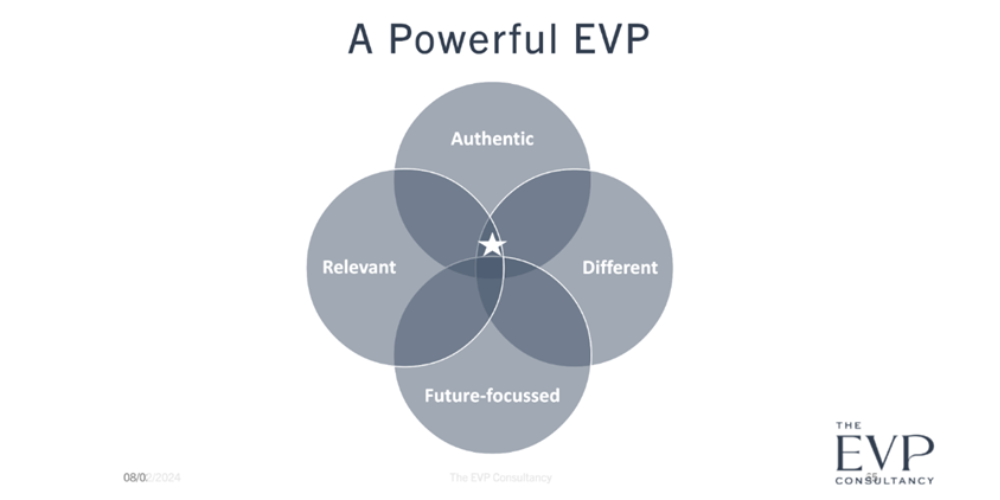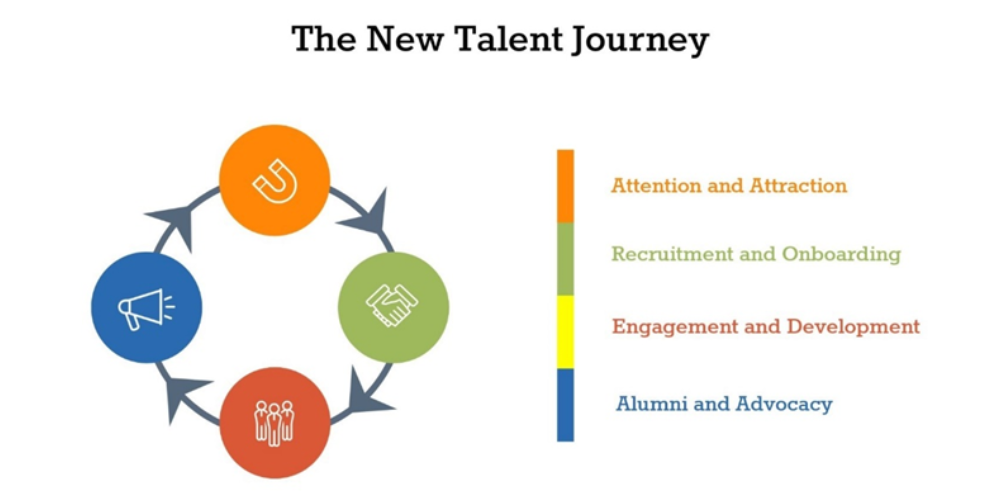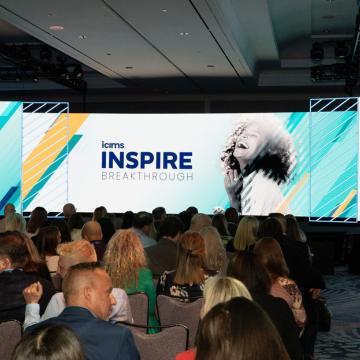- Solutions
- Products
- Community
- Resources
- Company
Create incredible candidate experiences that communicate your brand, mission, and values with recruitment marketing solutions.
Learn moreCommunicate effectively and efficiently with the candidates that can drive your business forward.
Learn moreSelect the right candidates to drive your business forward and simplify how you build winning, diverse teams.
Learn moreHelp your best internal talent connect to better opportunities and see new potential across your entire organization.
Learn moreCommunicate collectively with large groups of candidates and effectively tackle surges in hiring capacity.
Learn moreAccess tools that help your team create a more inclusive culture and propel your DEI program forward.
Learn moreRebound and respond to the new normal of retail with hiring systems that are agile enough to help you forge ahead.
Learn moreAccelerate the hiring of key talent to deliver point of care and support services that meet and exceed your promise of patient satisfaction.
Learn moreAttract and engage candidates with technical competencies, accelerate hiring for much-needed skills, and advance expertise within your valued workforce.
Learn moreSimplify how you recruit finance, insurance, and banking candidates with a unified platform built to match top talent with hard-to-fill roles.
Learn moreYour business strategy depends on your people strategy. Keep both in lockstep with the iCIMS Talent Cloud.
Learn moreBuild an engaging, high-converting talent pipeline that moves your business forward.
Learn moreDeliver the innovation your talent team needs, along with the global scale and security you demand.
Learn moreDeliver tailored technology experiences that delight users and power your talent transformation with the iCIMS Talent Cloud.
Learn moreThe #1 ATS in market share, our cloud-based recruiting software is built for both commercial and large, global employers.
Learn more Talk to salesAttract the best talent for your business with powerful, on-brand career websites that excite candidates and drive engagement.
Learn more Talk to salesCombine behavior-based marketing automation with AI insights to build talent pipelines, engage candidates with multi-channel marketing campaigns, and automatically surface the right talent for the job.
Learn more Talk to salesEmpower candidates with automated self-service, qualification screening, and interview scheduling through an AI-enabled digital assistant.
Learn more Talk to salesSimplify employee onboarding with automated processes that maximize engagement and accelerate productivity.
Learn more Talk to salesVerify skills with game-changing levels of automation and simplicity to improve the quality of hire at scale.
Learn more Talk to salesModernize, streamline, and accelerate your communication with candidates and employees.
Learn more Talk to salesTransform the talent experience by showcasing your authentic employer brand through employee-generated video testimonials.
Learn more Talk to salesSimplify recruiting, dynamically engage talent, and reduce hiring bias with job matching and recruiting chatbot technology.
Learn moreStreamline and centralize your HR tech stack with configurable, flexible, secure and reliable integrations.
Learn moreHow a beloved restaurant hires 40,000+ annually with a great candidate experience.
Learn moreThousands strong, our global community of talent professionals includes creatives, innovators, visionaries, and experts.
Learn moreTogether we’re creating the world’s largest ecosystem of integrated recruiting technologies.
Learn morePartner with our global professional services team to develop a winning strategy, build your team and manage change.
Learn moreExplore our network of more than 300 certified, trusted third-party service and advisory partners.
Learn moreUncover unique market insights, explore best practices and gain access to talent experts across out library of content.
Get resourcesExpert guidance about recruitment solutions, changes in the industry, and the future of talent.
Learn moreStay up to date with the latest terminology and verbiage in the HR software ecosystem.
Learn moreEmployers everywhere improve hiring efficiently and save money using iCIMS. Estimate the potential business value you can achieve.
Learn moreDive into the Class of 2023 Report highlighting this cohort’s expectations and where employers are willing — and able — to meet them.
Watch nowPartner with iCIMS to build the right strategies, processes, and experience to build a winning workforce.
Learn moreExpert guidance about recruitment solutions, changes in the industry, and the future of talent.
Learn moreDeliver the innovation your talent team needs, along with the global scale and security you demand.
Learn moreView press releases, media coverage, and the latest hiring data. See what analysts are saying about iCIMS.
Learn moreiCIMS is the Talent Cloud company that empowers organizations to attract, engage, hire, and advance the talent that builds a winning workforce.
Learn moreGet to know the award-winning leadership team shaping the future of the recruiting software industry.
Learn moreWe believe the future of work isn't something that "happens" to you. It's something you create. We actively create the future of work with our customers every day.
Learn moreiCIMS is committed to being a responsible and ethical corporate citizen, which is why Environmental, Social and Governance (ESG) initiatives are strategic imperatives.
Learn moreStreamline your tech stack and take advantage of a better user experience and stronger data governance with ADP and the iCIMS Talent Cloud.
Learn moreThe combined power of iCIMS and Infor helps organizations strategically align their business and talent objectives.
Learn moreOur award-winning partnership with Microsoft is grounded in a shared desire to transform the workplace and the hiring team experience.
Learn moreOur partnership with Ultimate Kronos Group (UKG) supports the entire talent lifecycle by bringing frictionless recruiting solutions to UKG Pro Onboarding.
Learn moreLet’s get in touch. Reach out to learn more about iCIMS products and services.
Learn more

iCIMS’ customers came together this January for our inaugural EMEA Customer Advisory Board, learning new tools to build on their success with iCIMS and shape their winning talent strategies from some of Europe’s top TA experts.
From employer branding to AI hiring methods, Europe’s talent acquisition leaders have a lot to say about the way we recruit today. Learn how you can attract, engage, hire and advance the best talent with strategies from three of Europe’s experts.
Takeaways from Vicki Saunders, Founder of The EVP Consultancy & employer branding expert
Employee expectations are evolving, and unlike in the past, your people want more than just a paycheck. We know that the younger the candidate, the more they look for in an employer. To be successful, your EVP must encompass four key elements:


Not everyone who joins your organization will share the same values as you and your business. And that’s why understanding your employees’ wants and needs is so important. Industry, position and region are all important factors to take into consideration when it comes to understanding your employees and why they want to work with you.
Employers hire people with diverse views and values, but something needs to hold them together. Finding that and embedding it in your business – is key to attracting and retaining them.
It is critical to look further than the functional rational drivers of what people want from an employer but consider how those factors make them feel. For instance, feeling supported and secure in their role. Considering the subconscious as well as the conscious can often be the most important factor in an employee’s decision-making process.
The way we trust is changing. In the past, trust fell on politicians and the media. Today, trust in society is falling across the board, and employees often expect CEOs to speak on societal issues as well as business matters. Trusting you and your values is more important than ever, and can make or break how your employees feel about working with you.
One of the most important ways to build trust at your organization is through advocacy. But advocacy only works when your employees are talking about something they are passionate about. That’s why authenticity across the organization is so important.
Understanding how you differ from others in your space is key to creating a powerful EVP. What are your values and purpose as a business, and how do your employees align with those?
In today’s digital era, it can be easy for employers to steer towards the same channels of communication while trying to out-compete one another in our methods. Be strategic in which channels you choose. For instance, you might consider jumping on the TikTok bandwagon with its rise in popularity over recent years. But it’s important to consider whether this is the channel your employees really use. Showing up in interesting ways and truly understanding your audience is essential.
Your EVP acts as a compass for decision-making and should be crafted with the future in mind. It goes further than planning one year ahead and looks at the trends that may affect us for years to come.
A powerful EVP should be measurable and adaptable to internal change while evolving with external change. Customer value propositions sit at the center of a commercial strategy and employers need to make sure EVP sits at the heart of people strategies.
Takeaways from Andreea Wade, VP Product Strategist, iCIMS
Companies hold the responsibility of balancing risk and governance, and this means prioritizing a people-orientated approach to AI hiring. All of the things that make us human, like problem-solving, creativity and leadership are key in enhancing how we work with AI.
AI can augment human intelligence but it will never replace it. Prioritizing a workforce with not only technical proficiency in AI, but also the soft skills needed to develop and use it is essential in ensuring that we bring the safest results for all involved.
Data preparation is the process of selecting which attributes you want your algorithm to consider. Whether it’s gender, education level or years of experience, the attributes you consider or ignore can significantly influence your model’s prediction accuracy.
But while its impact on accuracy is easy to measure, its impact on the model’s bias is not.
Algorithmic bias occurs when systematic and repeatable errors in a computer system produce unfair outcomes, such as privileging one arbitrary group of people over others. Bias can emerge due to many factors, such as: the design of the algorithm itself, unintended or unanticipated use, and decisions related to the way data is coded, collected, selected or used to train the algorithm.
Put simply, AI is a mirror that reflects the values of society, and it knows only the information we feed it. Bias can be caused when training data is either unrepresentative of reality, or it reflects existing prejudices.
Leaders must look closely at their data and how they use it. Humans play an important role in AI, and when designing an algorithm, it’s important that we label the data and input the goals that we want the algorithm to achieve to avoid bias in our hiring.
A successful AI strategy must always trace back to the fundamental question: “Why do I need AI?” Leaders should not adopt new technology for technology’s sake. Rather, they must identify the true potential benefits of AI, and more importantly, align those use cases with their organizations’ long-term goals. As employers seek to understand how AI can create value for their business and what skills are needed to support the adoption of the technology in their workplace, they must pay attention to the application of AI in the HR function.
Discover iCIMS Copilot, the GenAI-powered recruiting assistant purpose-built for TA to increase hiring velocity, reduce costs and gain competitive edge.
Takeaways from Mervyn Dinnen, HR tech expert & influencer
Before technology, people were used to waiting for information. And it wasn’t uncommon to wait several days to receive a letter by mail to find out whether you got a job. From how we get our news and consume media to the way we communicate with candidates post-interview, technology has created a culture of instantaneity and talent is no longer willing to wait for information.
Nevertheless, many organizations don’t operate in this way. Candidates often hear nothing after a job application or interview. Candidates expect a streamlined journey, and employers need to ensure they have the right technology in place to facilitate it.


Micro-experiences, or touchpoints, are everything in the new digital world. However, not every touchpoint your candidates have with your employer brand is going to be a memorable experience. To ensure talent has an overall positive experience, and perception of your organization, employers must maximize on micro-experiences.
Each touchpoint means something. While you may not be able to create a perfect experience at every stage, employers should aim to create as many positive experiences as possible throughout the talent journey.
You can provide a great place to work just by the experiences you offer people on their way in the door.
For past generations, a job was for the long-term, and staying at a job until retirement wasn’t unusual. Today, employees are expected to change roles throughout their careers, and often move companies in search of better experiences.
TA needs to support candidates and employees on their journey.
Talent experience managers will soon be the new norm. TA will be more than hiring; will be about building relationships once employees are in your organization and maintaining an interest in their progress throughout their careers. The TA function is evolving, and retention will soon be the new recruitment.
Building a winning talent strategy is different for each organization, and there’s no prescribed method. These tips and tools are here to help guide you in creating a successful strategy with your people in mind.
Read our blog post to discover how you can empower your candidates with effective HR tech.


Rachel is responsible for bringing the iCIMS brand to life with compelling copy in the Northern European market. Based in Scotland, Rachel has a knack for storytelling and enjoys writing global content. After earning her undergraduate degree at Edinburgh Napier University, Rachel spent a number of years marketing products and services in the tech and recruitment spaces leading her to iCIMS.
When not writing, Rachel enjoys playing trad music on her violin, learning new languages and spending time with friends and family.




